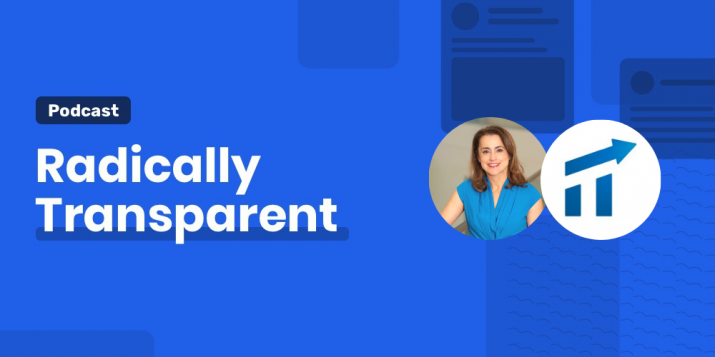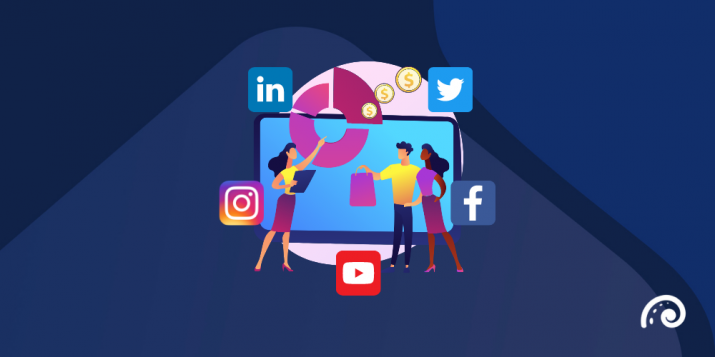
The best B2B social media brands of 2015
The days of siloed social media marketing are over.
In the age of the customer, the customer experience you shape drives success. To stay competitive in today’s digital marketplace, B2B marketers must delight their customers with consistency at every interaction—starting with social.
Social media is often the beginning of a customer’s journey; it’s how prospects discover your brand by engaging with the content you share via social media channels like LinkedIn, Twitter, Facebook, and YouTube. It’s the humanizing voice of your brand and a place to establish thought leadership from within your organization. When executed strategically, you can build brand authority and ignite a conversation with your prospects. But when social is siloed and cut off from other marketing teams and functions, it can steer your prospects on an unfavorable journey and cause confusion as they explore your brand.
Leveraging social media is more important than ever: 92% of B2B marketers said they use social media as a key tactic in their marketing strategy, an increase of 8% from the previous year. B2B brands need to thread their social media tactics into their overall go-to-market strategy to convert clicks into ROI. What you share and how you engage on social should always be consistent with and support your current marketing initiatives. When a prospect clicks on a tweet and lands on your website, the conversation is continued, not dead on arrival.
The best B2B social media brands of 2015 used their social channels to deliver memorable customer experiences. From thought leadership and employee advocacy to sweepstakes campaigns and interactive content, these B2B brands engaged, informed, and delivered on their word at every interaction throughout the customer’s journey.
Meet the best B2B social media brands of 2015.
Blackboard
Social media can be a powerful tool for generating brand awareness and activating your brand advocates.
Blackboard’s #100DaysOfLearning was a cross-channel sweepstakes that encouraged prospects, followers, and fans on Twitter and Instagram to share their daily moments of discovery for 100 days. To generate participation, Blackboard gamified its campaign, offering a $5,000 scholarship, iPad, or Starbucks gift card to incentivize participation. The brilliance behind the campaign is twofold: it fostered daily, real-life engagement with Blackboard’s prospects, customers, and advocates while collecting user-generated content Blackboard can use in follow-up messaging and campaigns to carry on the conversation.
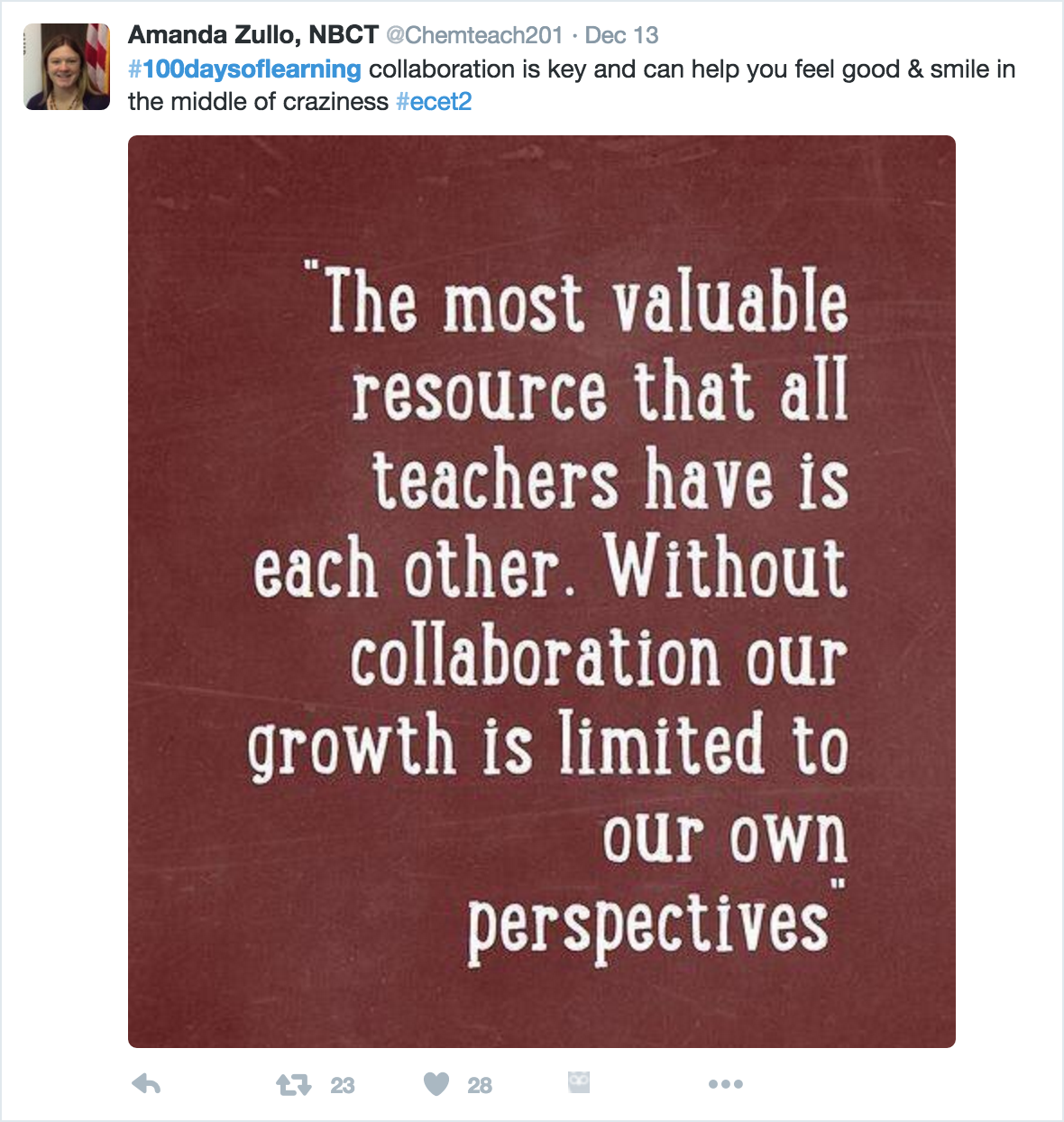 Blackboard’s #100DaysOfLearning campaign does an exceptional job of cultivating the customer experience. First, they gained the attention of their target audience via fun, engaging, participatory content on social media. Then, they led their fans to a campaign hub where they could see what other “players” were saying and doing, fill out a lead form to enter the sweepstakes, and—if the time was right—raise their hand to learn more about the brand.
Blackboard’s #100DaysOfLearning campaign does an exceptional job of cultivating the customer experience. First, they gained the attention of their target audience via fun, engaging, participatory content on social media. Then, they led their fans to a campaign hub where they could see what other “players” were saying and doing, fill out a lead form to enter the sweepstakes, and—if the time was right—raise their hand to learn more about the brand.
As the largest social network of professionals, the pressure to deliver is high.
LinkedIn changed the social game when it introduced LinkedIn Pulse, a publishing platform built directly into the professional network. LinkedIn became a leading publisher and became a go-to news outlet, and an influencer hub for B2B professionals. By creating “big rock” content assets that both “own conversations” in the competitive space and also fuel multi-channel, multi-distribution campaigns via derivative assets and promotions, LinkedIn is able to share its content via other social networks, tapping into larger audiences to drive them straight back to LinkedIn’s platform.
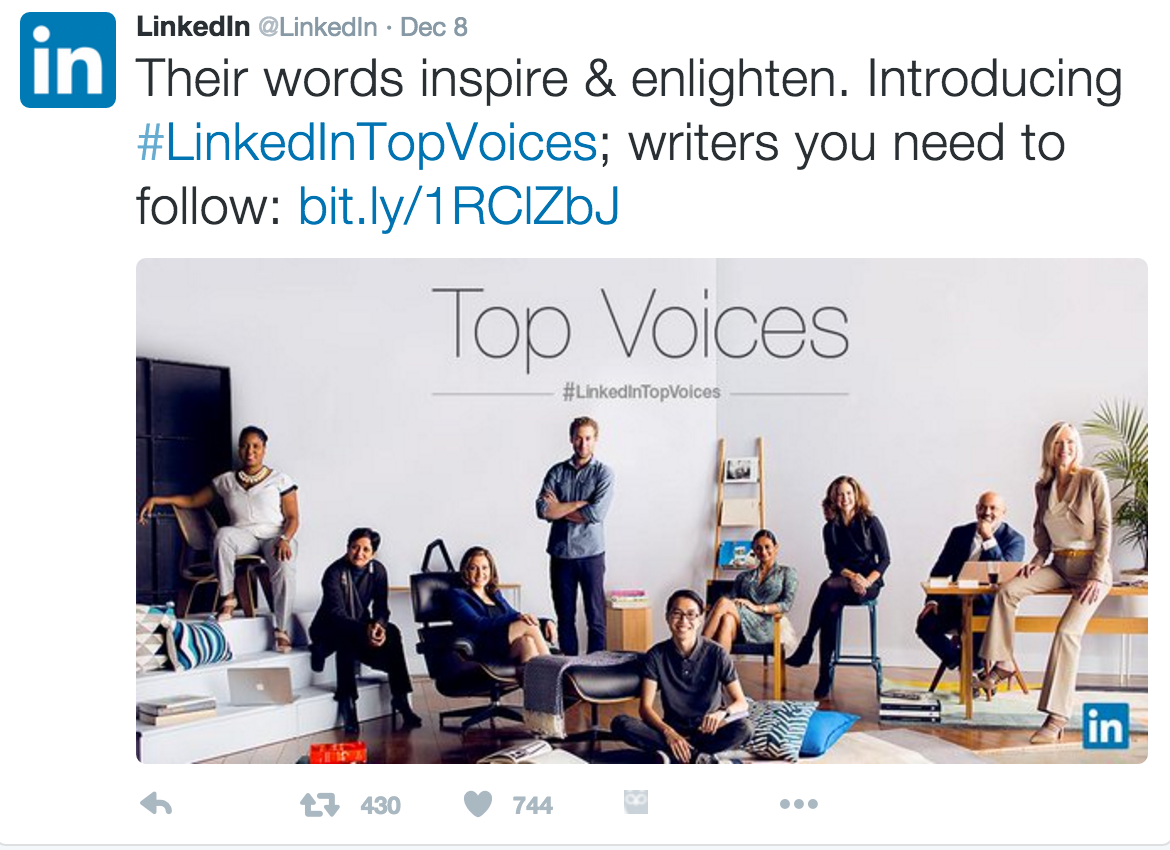 Not only is LinkedIn a master at targeting, distributing, and engaging a diverse audience with cutting-edge and user-generated content on social, but they always close-the-loop to bring attention back to their brand, their network, and the people that make it work—their users.
Not only is LinkedIn a master at targeting, distributing, and engaging a diverse audience with cutting-edge and user-generated content on social, but they always close-the-loop to bring attention back to their brand, their network, and the people that make it work—their users.
Recommended for further reading
SnapApp
With more than 90% of B2B organizations on social things can get noisy.
However, SnapApp—an interactive content company—is disruptive by nature. The company specializes in creating interactive content like quizzes, calculators, videos, polls, and surveys that are ripe for social sharing. As a company that produces a large volume of content, SnapApp launched a year-long marketing campaign, “The Reason for the Season,” as a way to tie their content together to create buzz and conversation around a very real problem marketers face: finding inspiration for new content.
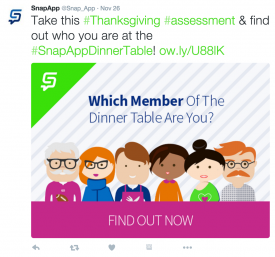 Creating more human-to-human content, SnapApp kicked off a new conversation with savvy marketers across the U.S., effectively generating awareness within their target audience through thought leadership about the brand. The best part is SnapApp can walk the talk—they have an engaged social army of employee advocates sharing their content daily, giving their brand an upper hand as thought leaders with a truly human touch.
Creating more human-to-human content, SnapApp kicked off a new conversation with savvy marketers across the U.S., effectively generating awareness within their target audience through thought leadership about the brand. The best part is SnapApp can walk the talk—they have an engaged social army of employee advocates sharing their content daily, giving their brand an upper hand as thought leaders with a truly human touch.
Workiva
The key to the best B2B social media is giving each channel the unique attention it deserves.
Claiming 65% of Fortune 500 companies as customers, cloud-based management platform Workiva knows how to engage its audience based on the medium of its message. Using LinkedIn to engage in thought leadership, Twitter to interact and humanize its brand, and YouTube to house engaging and informative video content, Workiva has its bases covered when it comes to personalized channel tactics.
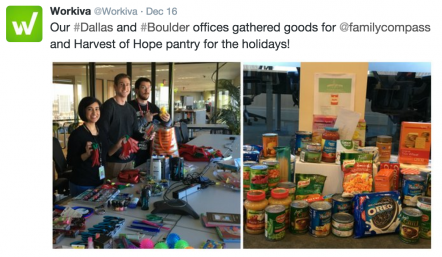
The key takeaway from Workiva is that content is not one-size-fits-all when it comes to sharing on social media. What works well on LinkedIn might not do so well on Twitter or Instagram. When planning out your marketing initiatives and the content you will create to support those initiatives, think about how you will distribute your content via social media—which channels will you use, and how will your content have to adapt from channel to channel?
IBM
Creating a personalized customer experience starts with segmentation at the social level.
As a company of its size, IBM understands the need to segment its social media channels in order to deliver the right content to the right audience. For mid-market and enterprise companies that support many verticals and products, it’s especially critical to recognize that you can’t speak to your potentially very different audiences through a single channel.

To keep their channels relevant and engaging to the right audiences, IBM created separate profiles to support different initiatives. This tactic enhances the user experience by first giving them a choice to follow a channel specific to their interests and then delivering on that personalized experience by only sharing content relevant to that topic. When buyers are bombarded by irrelevant content, they are more likely to tune out and perceive your brand as “spammy” instead of as thought leaders.
What is the key lesson learned from the best B2B social media brands of 2015? Take the time to cultivate a personalized customer experience, using your social channels to spark the first interaction and nurture your fans.

